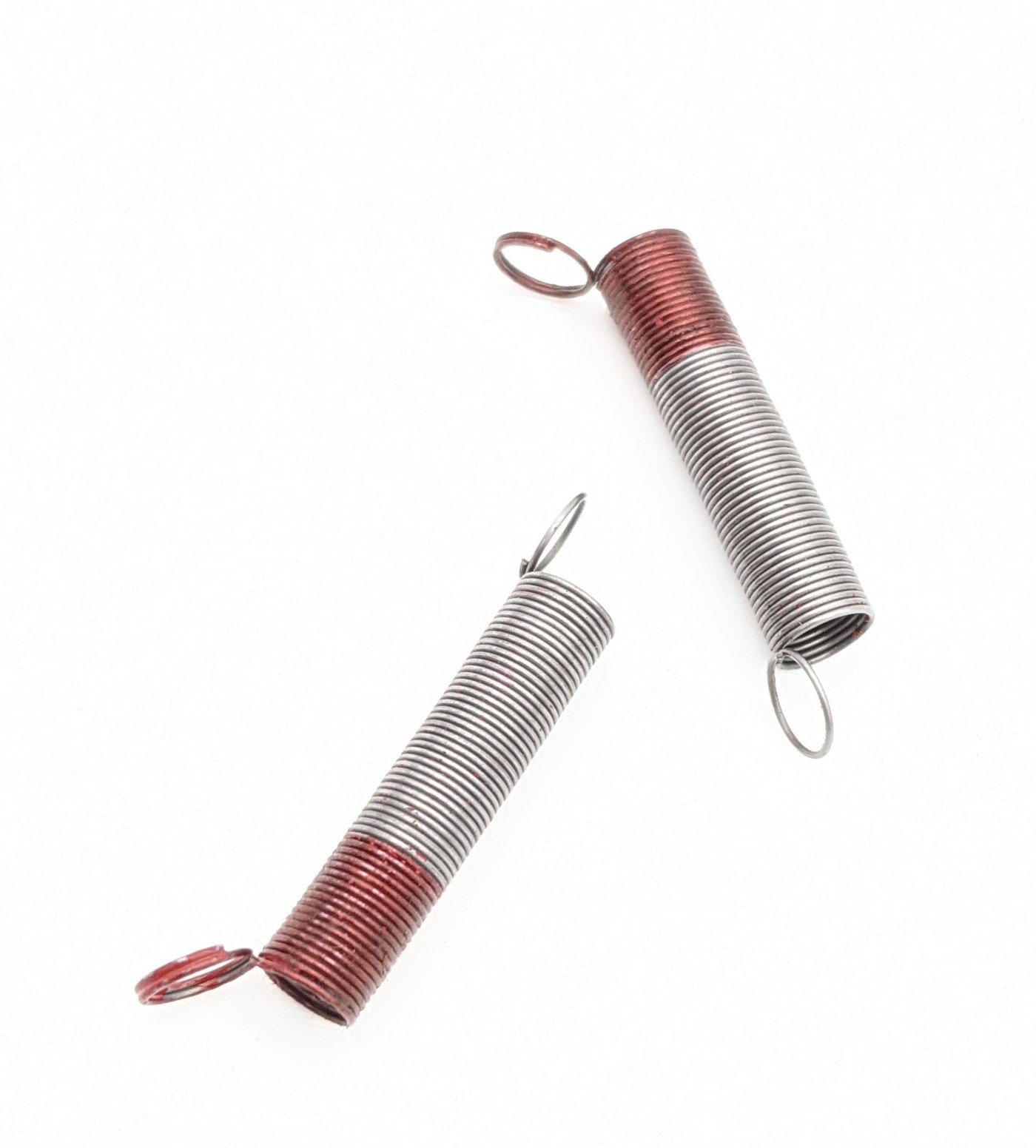Get unique, complex parts easily. No matter your requirements, Chaoyi Spring creates hard-to-produce coil springs and wire forms.
Let us help you create the custom wire form you need, from S-hooks and J-hooks to utility hooks and more.
We work closely with customers across a wide range of industries, helping them design and manufacture made-to-order parts.
Why choose Chaoyi Spring? We prioritize customer-focused collaboration, modern equipment and the latest technology to make your parts per print.
Find the information and guidance you need, from measuring a spring to learning about materials, placing an order and much more.
Springs are ubiquitous in our world, from the delicate coils in a watch to the massive springs in a car suspension system. Their ability to store and release energy is


Springs are ubiquitous in our world, from the delicate coils in a watch to the massive springs in a car suspension system. Their ability to store and release energy is essential to countless technologies, and at the heart of this functionality lies a fundamental principle: tension. Understanding the tension of a spring is not just a matter of physics; it unlocks a deeper appreciation for how these simple devices shape our modern world.

Tension, in the context of a spring, refers to the force exerted by the spring when it is stretched or compressed. This force acts in opposition to the applied load, striving to restore the spring to its original shape. The magnitude of this tension is directly proportional to the change in length of the spring, a relationship elegantly captured by Hooke's Law. The more you stretch or compress a spring, the greater the tension it exerts.
Hooke's Law, a fundamental principle in physics, quantifies the tension of a spring. It states that the force (F) exerted by a spring is directly proportional to its displacement (x) from its equilibrium position. Mathematically, this is expressed as F = -kx, where k is the spring constant. The spring constant represents the stiffness of the spring - a higher spring constant means a stiffer spring that requires more force to stretch or compress.
The tension a spring can withstand is not solely determined by its design but also by the material from which it is made. Spring steel is the most common material due to its high tensile strength and elasticity. However, various other metals, like phosphor bronze and titanium, are used for springs requiring resistance to corrosion or other specific properties. The choice of material directly influences the spring's ability to handle tension and its overall lifespan.
Springs are remarkable for their ability to store potential energy. When a spring is stretched or compressed, work is done against its tension, and this energy is stored within the spring. This stored energy can then be released when the spring is allowed to return to its original length, performing work in the process. This energy storage and release mechanism is fundamental to the functionality of springs in numerous applications.
The tension of a spring is not always a simple, linear relationship. In real-world scenarios, factors like temperature, fatigue, and the geometry of the spring can affect its behavior. Springs can also exhibit non-linear tension characteristics, particularly at high deformations, where Hooke's Law might not accurately predict their behavior. Understanding these nuances is critical for engineers designing systems that rely on springs, ensuring their proper performance and safety.
The tension of a spring, a fundamental concept in physics, is more than just a formula. It's a force that shapes the world around us. From the delicate mechanism of a watch to the robust support of a bridge, springs are ubiquitous. Their ability to store and release energy, dictated by the tension they exert, is the cornerstone of their utility. Understanding the tension of a spring isn't just about calculations; it's about appreciating the unseen forces that drive countless innovations and technologies.
As we delve deeper into the world of springs, the significance of tension becomes clearer. It's the hidden force that governs their behavior, influencing their ability to store energy, resist deformation, and ultimately, fulfill their diverse roles in our technological landscape. Understanding the tension of a spring is not just about physics; it's about grasping the fundamental principles that underpin a vast array of engineering marvels.
Browse some of the custom wire forms and springs that we manufacture. Don’t see what you need? We specialize in made-to-order products that meet your application requirements.
Visit Our GalleryNeed a custom wire form or coil spring? We make it work. Fill out the contact form and a representative will respond within 1 business day. If you have a PDF or CAD file, you can submit to request a quote.